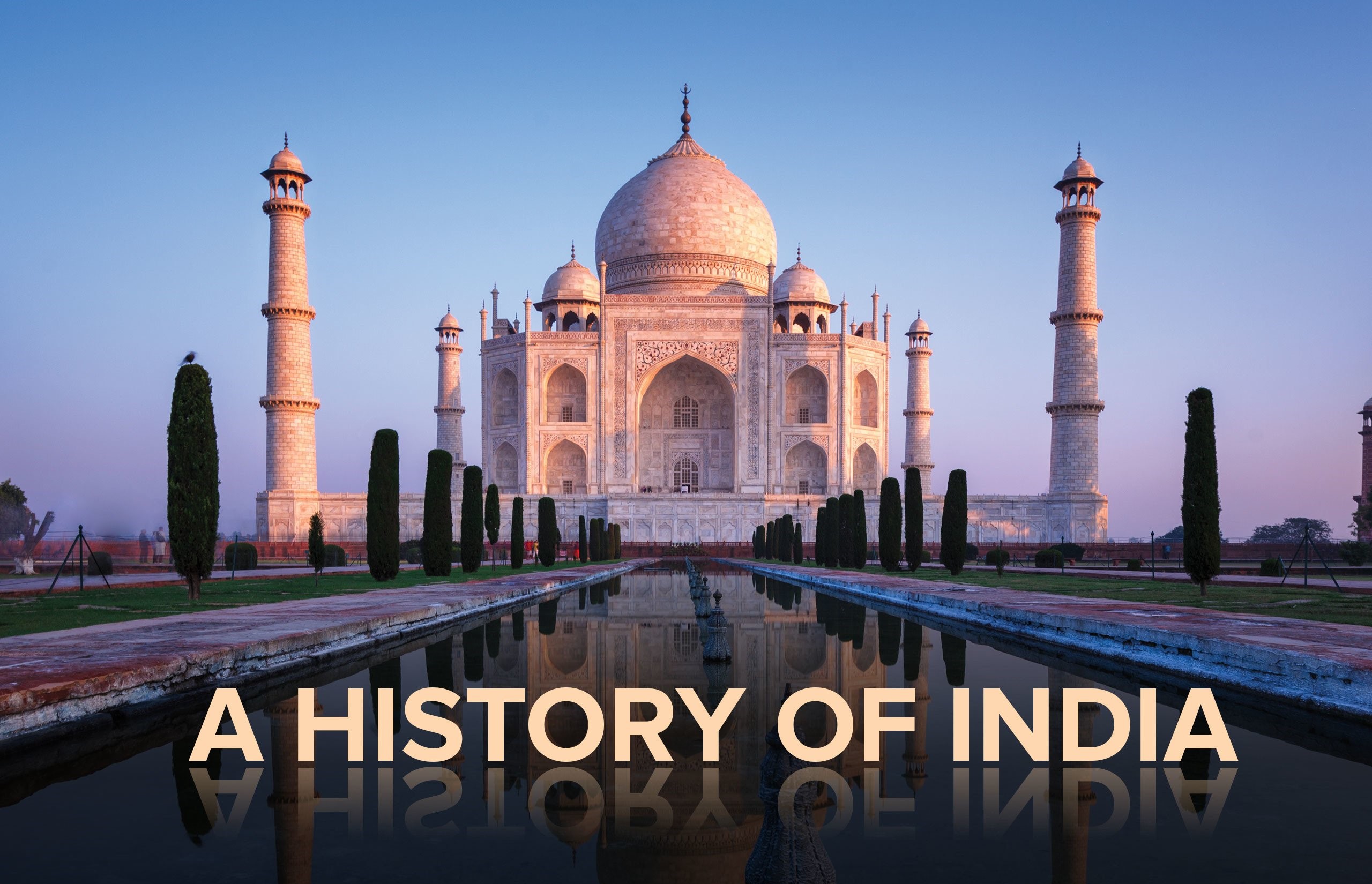Freedom Struggle
The Revolt of 1857
» The Revolt of 1857 is an important landmark in the history of India which occurred during the governer-generalship of Lord canning.
Causes of the Revolt
The revolt of 1857 was a combination of political, economic, socio-religious and military causes.
Political
Nana Sahib was refused pension, as he was the adopted son of peshwa Baji Rao II. Avadh was annexed in 1856, on charges of mal-administration Satara, Jhansi, Nagpur and Sambhalpur were annexed owing to Doctrine of Lapse.
Economic
Heavy taxation, forcibly evictions, discriminatory tariff policy against Indian products and destruction of traditional handicrafts that hit peasants and artisans.
Socio religious
British social reforms (abolition of sati, 1829; legalisation of widow remarriage, 1856 etc.) hurted the sentiments of orthodox and conservative People.
Military
Discrimination with Indian soldiers.
Immediate cause
The introduction of Enfield rifles whose cartidges were said to have a greased cover made of beef and pork sparked off the revolt.
The Beginning and Spread of the Revolt
» On March 29, 1857, an Indian sepoy of 34 Native Infantry, Mangal Pandcy, killed two British officers-Hugeson and Baugh-on parade at Barrackpore (near Calcutta). The Indian soldiers present, refused to obey orders to arrest Mangal Pandey. However, he was later on arrested, put to and hanged.
» The mutiny really started at Mermt on 10th May 1857. The occasion was the punishment of some sepoys for their refusal to use the greased cartridges. The soldiers alongwith other groups of civilians, went on a rampage shouting 'Mato Firangi ko . They broke open jails, murdered Europeans, burnt their houses and marched to Delhi after sunset.
» The appearance of the marching soldiers next morning (i.e. 11th May) in Delhi was a signal to the local soldiers, who in turn revolted, seized the city proclaimed the 82-year old Bahadur Shah 'Zafar', as Shahenshah-i-Hindustan (i.e. Emperor of India).
» Within a month of the capture of Delhi, the revolt spread to the different parts of India (esp. all over the North India, Central India and Western India). South remained quite and Punjab and Bengal were only marginally affected.
1. Bahadur Shah II: was Deported to Rangoon, where he died in 1862. His sons were dead; Nana Sahib (original name - Dhundhu Pant), Begum Hazrat Mahal and Khan Bahadur Khan : Escaped to Nepal; Tantiya Tope (Original name - Ramchandra Pandurang): was captured and executed on 15th April, 1859; Rani Laxmi Bai: Died in the battle-field; Kuer Singh : was wounded and died on 26 April, 1858.
2. Sir Huge Rose described Laxmi Bai as 'the best and bravest military leader of the rebel'.
3. Other Important Leaders : Khan Bahadur Khan (Bareilly), Maulavi Ahmadullah (Faizabad), Azimullah Khan (Fatehpur), Devi Singh (Mathura), Kadam Singh (Merrut) etc.
4. English authority re-established in India during July-Dee. 1858.
Nature of the Revolt of 1857
There are two main views about the nature of the Revolt of 1857 :
1. Sepoy Mutiny : Syed Ahmed Khan, Munshi Jeevan Lai and Durgadas Bandyopadhyaya (Contemporary Historians); Stenley (Secretary of state for India), John Lowerence, John Seeley, Malleson, R.C. Mazumdar.
2. National Struggle/War of Independence : Benjamin Disraely, Karl Marx, V.D. Savarkar, K.M. Pannikar, Ishwari Prasad, A.L. Shrivastva, Tarachand.
Impart of the Revolt of 1857
1. In August 1858, the British parliament passed an act, which put an end to the rule of the Company. The control of the British governments in India was transferred to The British Crown.
2. A minister of the British government, called the Secretary of state for India was made responsible for the governance of India.
3. The British Governor General of India was now also given the title of Viceroy, who was also the representative of monarch.
4. Marked the end of British Imperialism and Princely States were assumed against annexation. Doctrine of Lapse was withdrawn.
5. After the revolt, the British pursued the policy of 'divide and rule’.
6. For-reaching changes were made in the administration and increases of white soldiers in the army.
7. Total expense of the suppression was thrown on the Indian people.
8. It has been said that Julius Caesar was more powerful than Julius Caesar alive. The same may be said about the Revolt of 1857. Whatever might have been its original character, it soon became a symbol of challenge to the mighty British empire in India and remained a shining star for the rise and growth of the Indian national movements.
